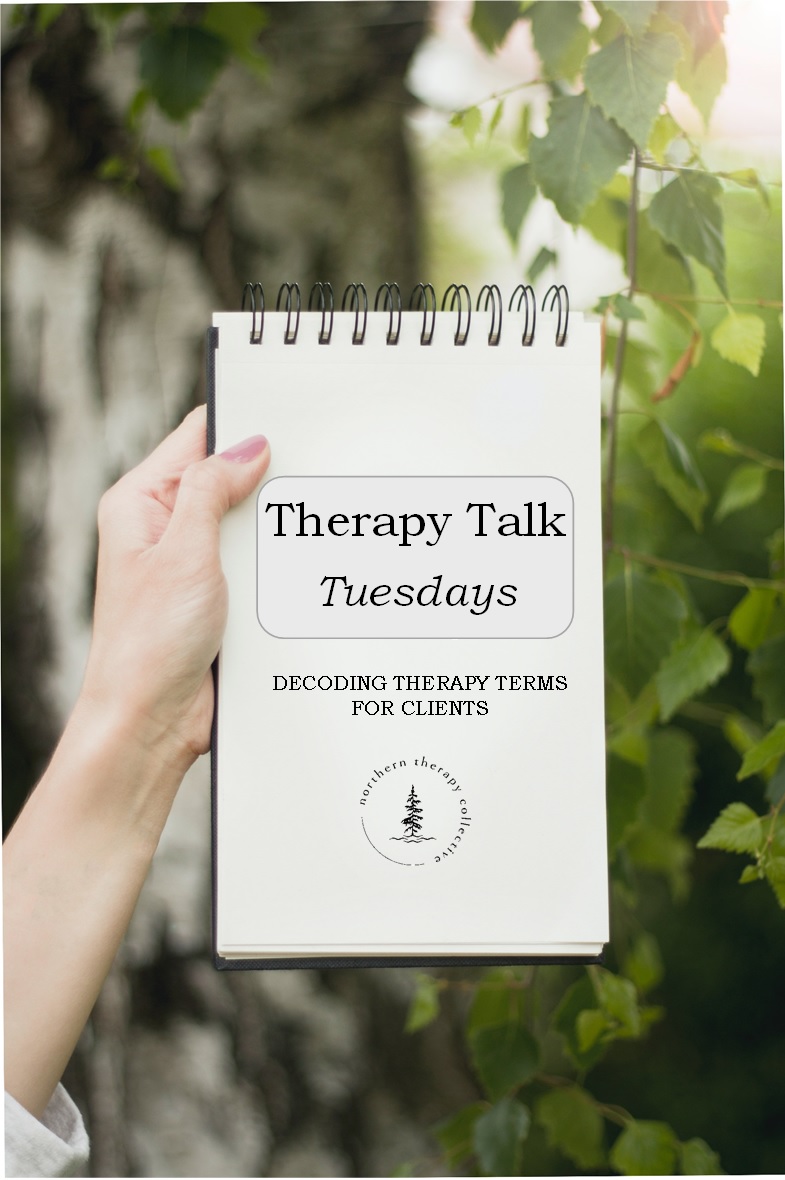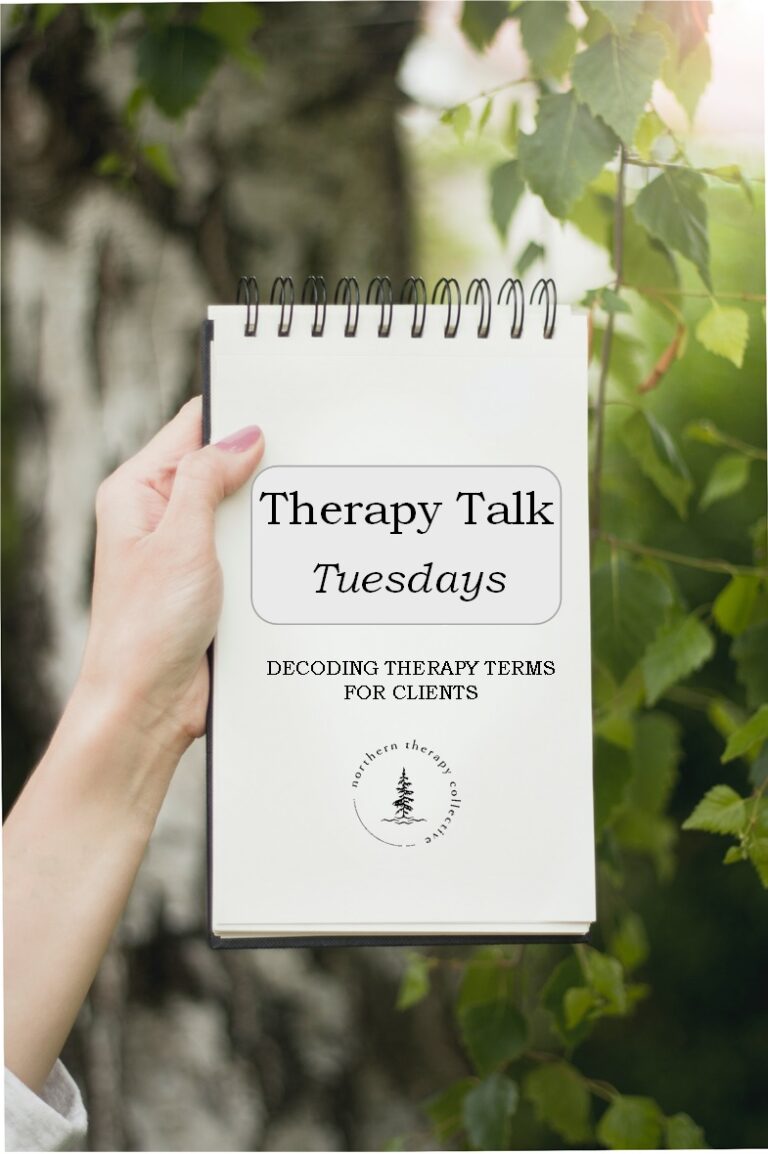THERAPY TALK: Attachment
Attachment, as we know it in therapy, refers to the ways that we emotionally connect, or bond to others, in interpersonal relationships.
To be honest, we could write hundreds of pages on attachment (many others have!) and we won’t do the topic justice by trying to boil it down into a quick definition. So instead, we’ve attempted to provide a lay-persons “cheat sheet” for the major features of this complicated topic. We’re just scratching the surface to give you some preliminary concepts as relate to attachment in the world of psychotherapy.

Some important facts about Attachment:
(1) When we think about attachment, we often think back to the infant-caregiver bond.
- These early attachment relationships with caregivers (arguably one of the most important attachment figures in your lifetime), impact your future attachment styles and connections.
(2) Attachment often relates to a “feeling of security”.
- Do you feel safe, protected, and cared for in your relationship(s)? This can refer to physical safety (will this person protect me and keep me safe from physical harms in life?) but also emotional safety (will this person care for me when I am overwhelmed, scared, or upset?)
(3) Attachment styles impact how we respond to stress (and how we engage in our close interpersonal relationships in face of that stress).
- Do you attempt to stay cool and act like you don’t need others for fear of being perceived as “too needy”? Or do you run to others at even the hint of stress? Do you seek the support of others during hard moments, trusting them to be there for you, or do you prefer to go it alone?
(4) Attachment styles can (and do) change in life and across relationships.

Different Styles of Attachment:
- Secure Attachment
- There is a sense of safety and responsiveness in the relationship. It is predictable, and the individual feels heard, safe, protected and supported.
- Insecure Attachment
- Avoidant – There is fear of closeness and intimacy, and a drive to keep great emotional distance between oneself and those we love. Commonly known as the “lone wolf” presentation.
- Anxious – There is fear of rejection and abandonment, and a need for constant emotional connection and closeness.
- Disorganized – This style of attachment is often unstable, unpredictable, and typically results in ambiguous behaviors or conflicting messaging to the partner in the relationship.
As mentioned earlier, there is more literature and research on attachment and its theoretical underpinnings than can possibly be captured here. Check out our previous blog recommending the book “Attached”, by Amir Levine and Rachel S. F. Heller, if you want to learn more. This book is a great starting point for those who seek to understand more about adult attachment and attachment theory in general.



